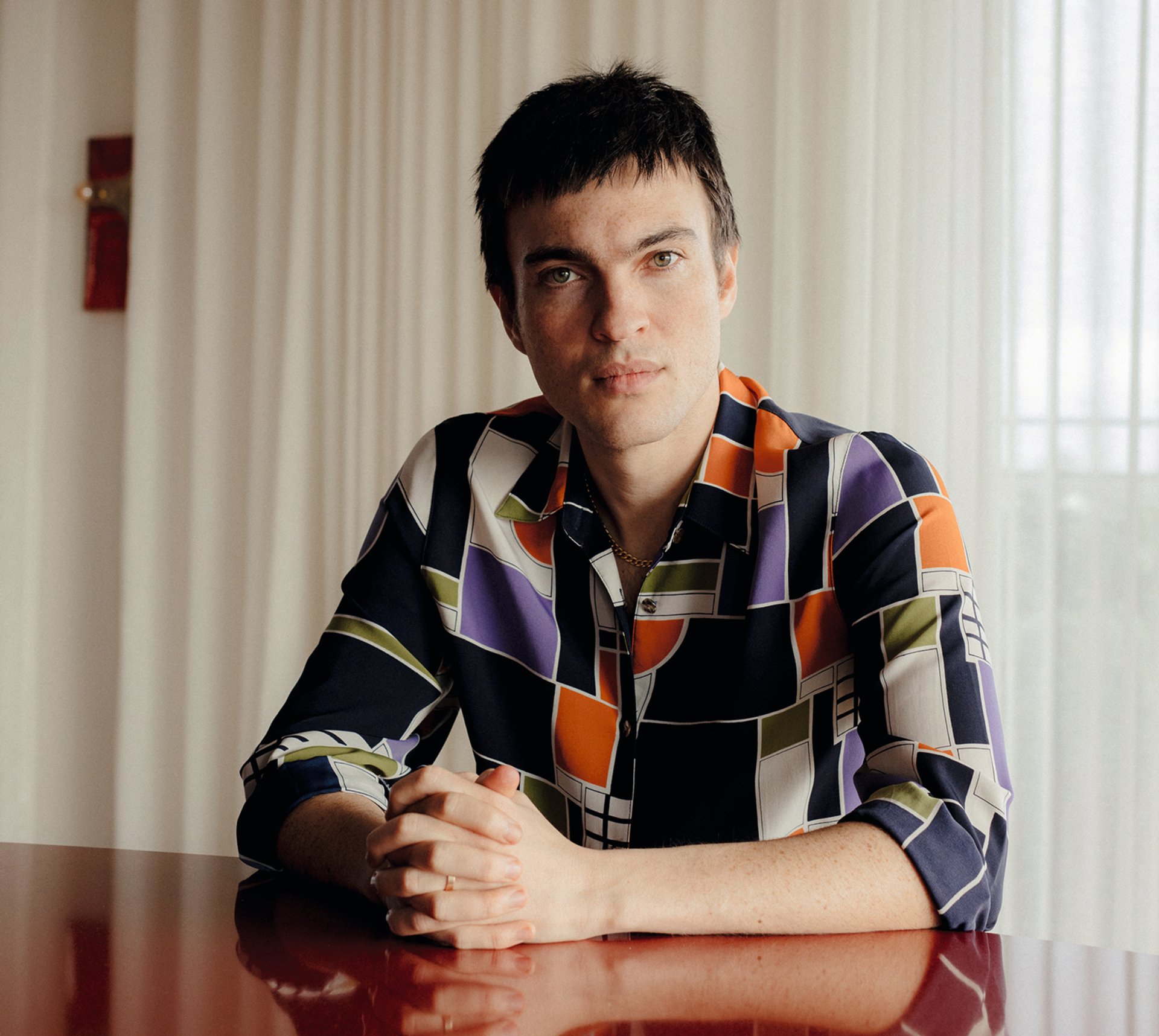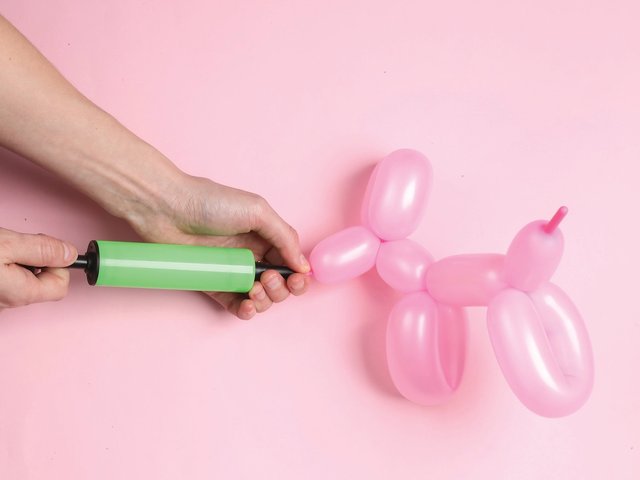If you want to see signs of growth, don’t look up at the top, look further down the price scale.
This seems to be the one ray of positivity shining through the otherwise fairly uniform gloom of the recently published reports on the state of the art market in 2024. An aggregate year-on-year decline of 12% to an estimated $57.5bn of sales was “driven by cooling at the top end”, according to Clare McAndrew’s benchmark Art Basel and UBS Art Market Report, based on transactions by both auction houses and dealers. “The ultra-premium segment, the traditional driver of the art auction market, marked a clear slowdown, accentuating the contraction in global auction turnover that began in 2023,” says the equivalent report from the France-based auction analysts Artprice.
But the Art Basel and UBS report also says that in 2024 auction sales of works under $5,000 grew 7% and dealers with turnover of less than $250,000 reported a 17% increase in sales. According to Artprice, “Results under $20,000, and especially those under $5,000, have reached record levels.”
But what is actually happening at the lower end of the art market, a sector of this niche business that attracts hardly any attention from the world’s mainstream media? Is a new wave of art lovers buying at entry level, or is it simply that existing buyers are making less expensive purchases? Or a bit of both?
“The art market moves in cycles. In a down cycle, speculators drop out and people buy smaller value works. They’re no longer prepared to take a punt. But there are some new buyers out there,” says Robert Read, the head of art and private clients at the London-based insurers Hiscox. The company’s latest Artist Top 100 report on auction sales of post-2000 works in 2024, compiled by ArtTactic, says the number of recent contemporary pieces selling for under $50,000 at auction grew by 20%. This indicated “a shift in collector behaviour towards more affordable art”. according to the Hiscox report.
Online move
Analysts acknowledge that online transactions have been the key driver of growth in this lower-priced segment of the market. For instance, sales of print and sculpture editions at the London-based online platform Avant Arte, which has 2.8 million followers on Instagram, climbed to $23m last year, an increase of 53% on 2023.
Now in its tenth year of business, Avant Arte has collaborated with more than 700 artists, including important figures such as Ai Weiwei, George Condo and Ed Ruscha, to produce silkscreen prints in numerically-limited or time-limited editions. The former average about $3,000 in price, the latter around $1,000. Last year, 1,863 clients bought a time-limited Ruscha print, priced at $500, issued to support the Los Angeles County Museum of Art, which was holding a retrospective of the artist.

Mazdak Sanii, one of the founders of innovative online platform Avant Arte, which last year sold $23m of print and sculpture editions, mostly priced in the low thousands Courtesy of Avant Arte
“It was an amazing entry point for people who weren’t necessarily au fait with collecting,” says Mazdak Sanii, a co-founder of Avant Arte, who adds that around a third of its client base has been collecting for less than two years. “Our ethos is around making collecting more accessible. There’s a huge amount of enthusiasm from younger and first-time collectors.”
As a luxury business, the art market has struggled to expand or “scale” its sales, as its products tend to be extremely expensive unique items. But online platforms like Avant Arte—and Heni, which produces Damien Hirst’s prints, NFTs and other projects—show significant numbers can be turned over through sales of editioned art. Last year, Avant Arte sold 14,000 individual works, mostly produced at its 25,500 sq. ft Make-Ready facility in Tottenham, north London, the world’s largest fine-art silkscreen printmaking studio. While this is hardly the scaling of Chanel No. 5 perfume sales (around 10m bottles are sold per year at £50 to £150 a pop), but in art world terms, encouraging.
Imaginative strategies
While the Art Basel and UBS report notes that dealers with turnovers of more than $10m adopted “a more focused strategy” in 2024 that involved “selling higher value works to fewer collectors”, Avant Arte and other dealerships further down the price chain are devising imaginative strategies for expanding the customer base.
“Living with art is what we sell,” says Louise Chignac, the founder and director of the London-based dealership Canopy Collections, which focuses on displaying and selling unique pieces from a stable of living contemporary artists, generally in the £1,000 to £10,000 range, for domestic spaces. Founded in 2020, Canopy has a bricks-and-mortar gallery in Bloomsbury, sells unintimidatingly-priced paintings from its website and regularly holds pop-up “collections” of works in distinctive spaces across Europe, such as its March 2024 show Pourquoi London in an 18th-century house in Spitalfields, east London. Held in collaboration with the art app Gertrude, it drew around 1,200 visitors.
“Most galleries compete to get to the top, we’ve expanded in a more horizontal way. We’re trying to create a new generation of art buyers,” says Chignac, who adds that her gallery has doubled its sales and profits since its collaboration with Gertrude at Pourquoi London.
As for Gertrude itself, Will Jarvis, who launched the app in 2023, says that over the last 12 months Gertrude has generated £150,000 in sales from 138 works of art with typical prices of £1,000 to £1,500 and that he is in regular contact with more than 500 collectors and almost 200 advisers. “Having worked as a gallerist and spent hours at dinners just trying to get one individual’s details, this is very satisfying,” says Jarvis, who was a co-founder of the London bricks-and-mortar dealership, The Sunday Painter.
Of course, within the context of the near-$60bn global art trade, this is all very small fry. As McAndrew says: “Even last year, when the high end did very poorly, 50% of the value of the fine art auction market is in the over-$1m segment. Even though 95% of transactions take place under $50,000, with 75% under $5,000, and there is a huge volume of transactions, they still only make a tiny fraction of the sales value. But if people can keep making sales at those levels, it’s a positive thing.”
Generational shifts
The problem is that, for various economic, cultural, demographic and sociological reasons, there is so little growth in the top-end market for art priced at $1m and upwards. To be sure, massive amounts of value are stored in collections of works by blue-chip names such as Cy Twombly, Lucio Fontana, Jeff Koons and Francis Bacon, but as generations shift and tastes change, these values are in decline, as the annual art market reports indicate. Wealthy, investment-minded individuals are increasingly aware of this. That being the case, might the idea of buying and accumulating large quantities of big-ticket art—or of collecting itself—fall out of fashion?
“I can’t think of any clients who are putting together a collection. We don’t have those collectors anymore. That connoisseurial thing has evaporated,” says Cary Leibowitz, the worldwide co-head of editions at Phillips in New York. Leibowitz points out that wealthy buyers spending less has been a factor in his department’s sales decline of 30% to $27.2m. “We might have a client who has bought a $12m apartment up the street. Instead of a $12m budget for art, they’ll tell their adviser to spend less than $1m. A Warhol Marilyn print over the mantel will only cost him $200,000.”
If connoisseurship and investment are no longer the thing, then what is? It seems that down in the sub-$5,000 segment—and even in the sub-$1m segment—people are simply buying art to decorate their interiors. It might not shift the overall numbers of a top-heavy art market, and might not get reported much, but home is where the growth is.





